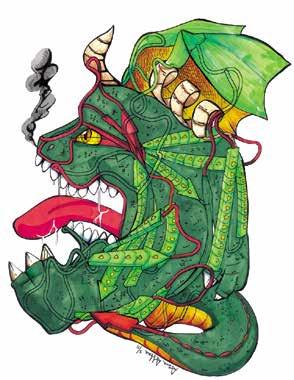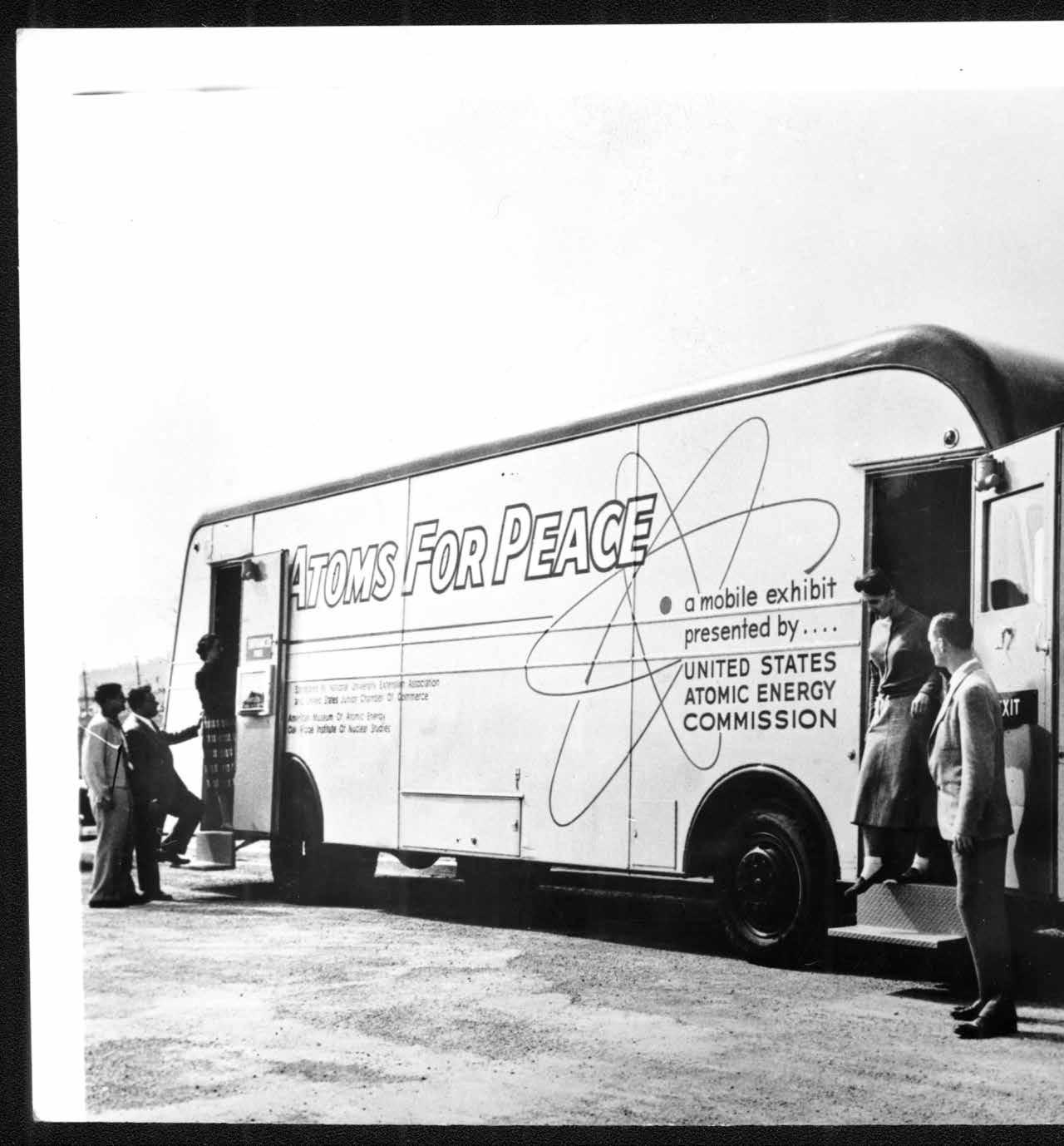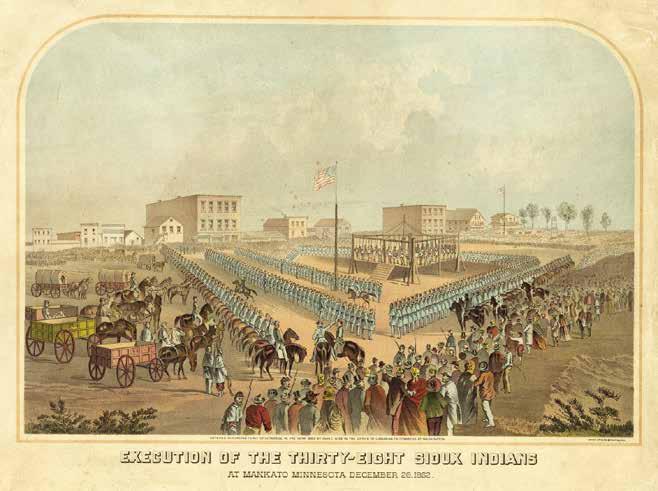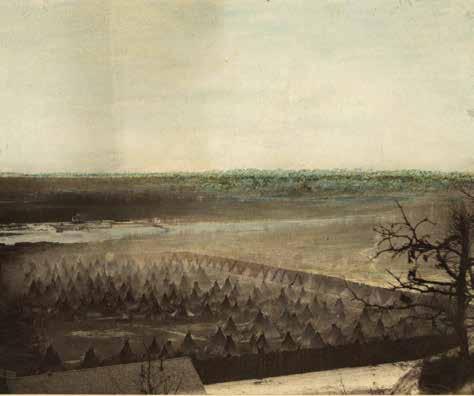[plain thinking]
LAKOTA LANGUAGE NEST, AN IMMERSION SCHOOL REVIVING A LANGUAGE ON THE EDGE OF EXTINCTION By Dakota Goodhouse
It is the heart of winter on the Standing Rock Sioux Indian Reservation. Gleaming white snow blankets the landscape, the Missouri River has turned to ice, and the crisp cold air somehow makes every sound sharper—the peal of a bell seems to carry an impossible distance from town—but the sounds of children playing, laughing and singing warms everything. The children are in preschool, ages three to four. Their high-pitched play echoes down the hall when their door opens. The pitch of little voices sounds like what one would hear in any other early child care service across the state, but listen closer and it becomes obvious that this isn’t like any other day care service. The children speak a mix of English and Lakota among themselves, but the teachers strictly speak only Lakota in the classroom. This preschool is called Lak ȟól’iyapi Wahó ȟpi, the Lakota Language Nest. It is an immersion school still in its first year of practice and based on the language nest model designed by the Maori people in New Zealand. The language nest was established to raise language loss awareness on the reservation and to raise up a new generation of first-language Lakota speakers. The language nest is one part of the Lakota Language Education Action Program (LLEAP) designed for students to go to college and pursue language studies. Students who are in the program are given financial aid to learn Lakota and gain proficiency in the language with the caveat that LLEAP participants must teach the language. Many of the nest’s learners have parents participating in LLEAP at Sitting Bull College.
38
Tipiziwin Young, a second-language teacher in the Lak ȟól’iyapi Wahó ȟpi program, estimates that there are about 200 fluent Lakota speakers left on the Standing Rock Sioux Indian Reservation. “A few years back, I was facetious with Jan Ullrich about who I am and where I’m from when he said to me, ‘Your language will die.’ He didn’t say it to be mean. He said it to be real. I was moved to silence. I was provoked. The loss of my language motivated me to learn it.” Young is an enrolled member of the Standing Rock Sioux Tribe, born and raised on the reservation, and a mother to three children. “I teach here, then go home and stay in Lakota for my children to learn.” A little boy with a mop of brown hair approaches me. In a quiet unassuming voice he introduces himself to me. Thinking to obey the rule of the classroom, I go down on one knee and respond, “Hau. Dakota émaĥč iyapi lo.” I gesture to him, an open palm when I greet him, then gesture to my heart. I place my right fist above my left fist over my heart, then gesture with my right hand–index finger—to my mouth when I say my name. I’ve seen few others use the Plains Indian sign and gesture language and the signs I made were for “my” or “mine” and for “name.” I don’t know that this little one has seen the old sign and gesture but he nods his head and smiles. Sacheen Whitetail-Cross, Project Director of LLEAP and the Lak ȟól’iyapi Wahó ȟpi at Sitting Bull College, is preparing an activity with rice for the children. For Whitetail-Cross the greatest challenge with the language nest has been to “stay” in Lakota. “I spent a week in Washington DC, speaking nothing but English. When I came back to the classroom, during an activity, I asked a couple of the children, ‘What are you doing?’ in English. They were as shocked as I was.”







